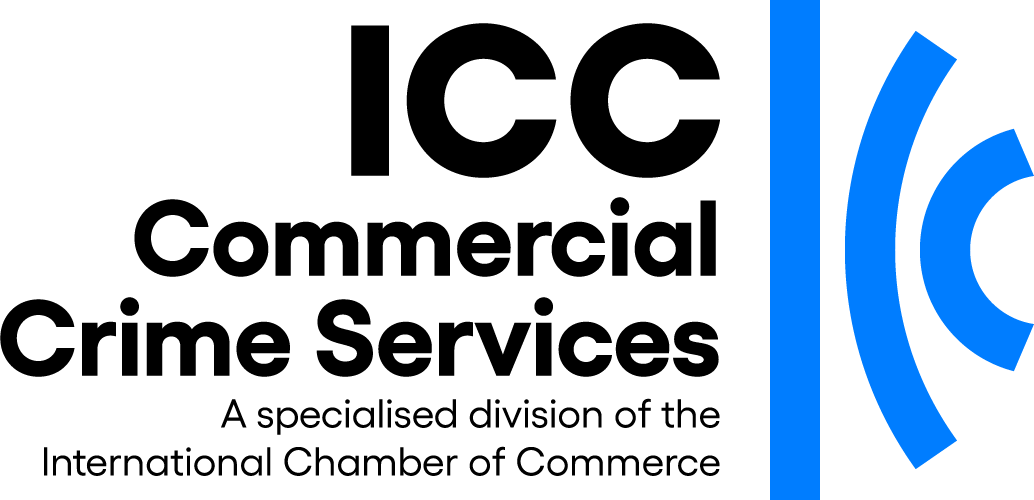
 Illicit medicines made up the bulk of seizures by customs enforcement agencies targeting intellectual property rights (IPR) breaches worldwide in 2013.
Illicit medicines made up the bulk of seizures by customs enforcement agencies targeting intellectual property rights (IPR) breaches worldwide in 2013.
 Illicit medicines made up the bulk of seizures by customs enforcement agencies targeting intellectual property rights (IPR) breaches worldwide in 2013.
Illicit medicines made up the bulk of seizures by customs enforcement agencies targeting intellectual property rights (IPR) breaches worldwide in 2013.
The World Customs Organization’s (WCO) latest Illicit Trade Report shows a worrying trend where more than half of the reported interceptions were illicit pharmaceutical products, a massive 2.3 billion pieces or 76.4% of goods seized. They were worth some US$19 million.
This was followed by counterfeit electronic appliances and illicit foodstuffs – all of which threaten consumer health and safety, warns WCO.
“It is a dramatic change compared to 2012, where the majority of intercepted commodities were accessories, followed by clothing and pharmaceutical products which came in a third position,” says WCO.
The organization however acknowledged that the outcome reflected the outstanding results obtained by countries in West and South Africa during operation Biyela, mainly aimed at targeting and intercepting illicit medicines.
The report provides a comparative analysis of trends and patterns in five key risk areas of enforcement, based on Customs seizures reported through the WCO Customs Enforcement Network database by its members.
It aims to raise awareness on emerging threats, highlight Customs efforts and contribute to the pool of information for studying the phenomenon of illegal trade.
In terms of brand counterfeiting, WCO said seizures in 2013 included a diverse range of makes, amounting to over 1,000 different trademarks.
Nike was the most counterfeited brand last year, in 2012 it was Cialis. Other top faked brands by number of cases in 2013 were Apple, Rolex, Samsung and Adidas.
The report noted that despite the high number of intercepted medicines, clothing and branded items were in the top five of all ranking lists, whether the criteria was made according to the number of cases, pieces or value.
Once again, China emerged as the main departure country for counterfeit goods in terms of the number of cases, accounting for almost half of the total number of cases (411,158) in 2013. This was followed by Hong Kong (5,954 cases) and India (957 cases).
However, the report said, when it came to the number of pieces of goods, India ranked first (with some 2.2 billion pieces). This was a result of large consignments of medicines intercepted at import by countries in Africa and the Middle East in particular.
When it came to destination countries, the United States was top of the list by the number of cases.
“These figures support the results listed in the analysis of the data on reporting countries as most often the reporting country is the country that intercepted the goods, i.e. the destination country,” the report explained.
The report further revealed interesting patterns with regards to the packaging and concealment methods used to ship counterfeit goods.
Regardless of the type of products, the common traits were; items wrapped with transparent vinyl film with no logo, bundled together with a rubber band in batches of 10 or 20 items and squashed into cheap cardboard boxes.
They are transported as consolidated cargo; apparently to reduce the risk of a whole container being seized. Hiding counterfeit items behind cover loads or deep inside a container is a common practice as well.
“Ironically, the more Customs intercept illicit items, the more effort counterfeiters put in to avoid intervention. Domestic assembly is one popular way in which offenders try to circumvent Customs.
“Common practice is that small parts, shaped as a brand name, and blank products, are imported separately, in the hope that at least the blank products will be cleared,” the report adds.






